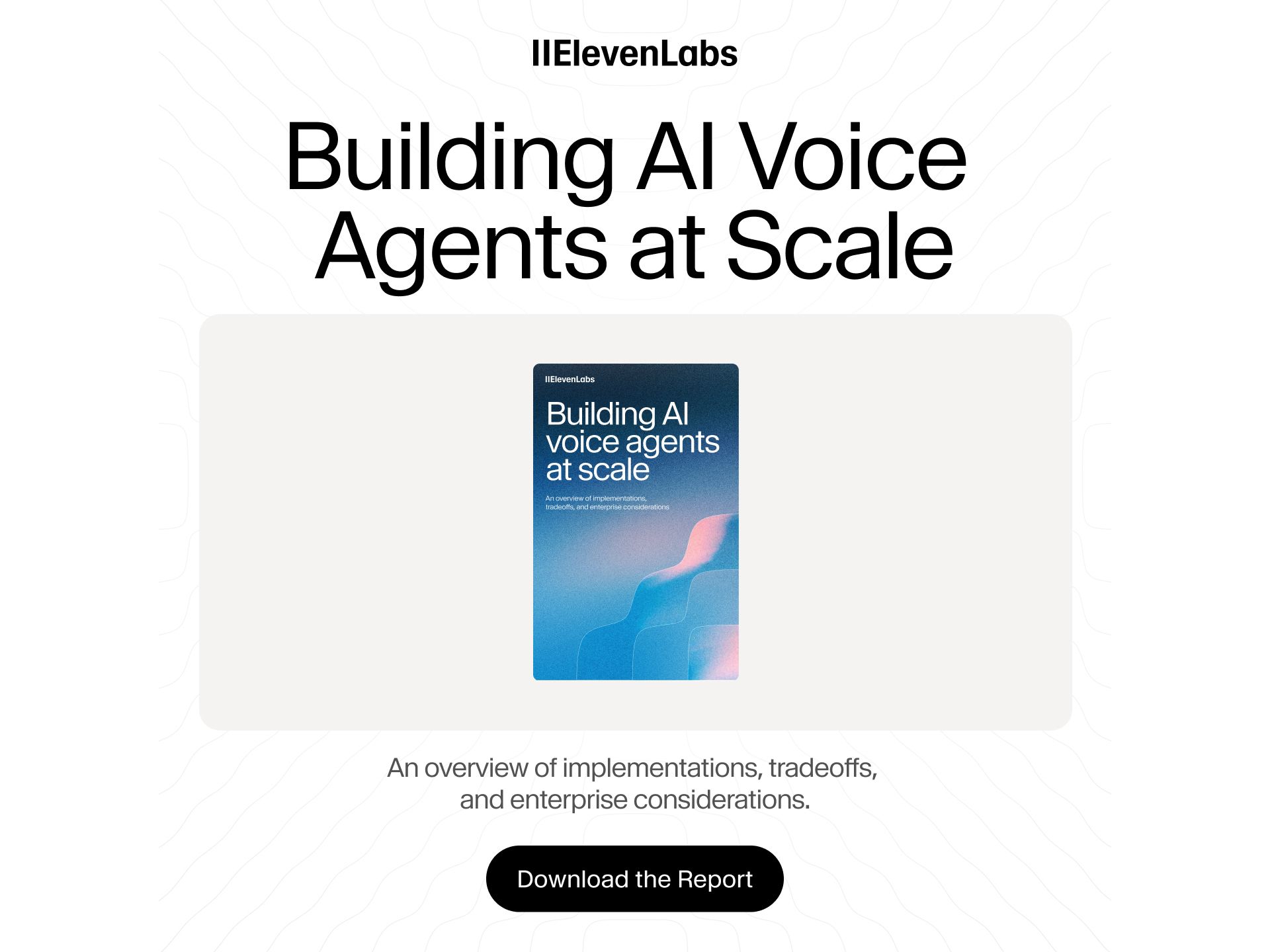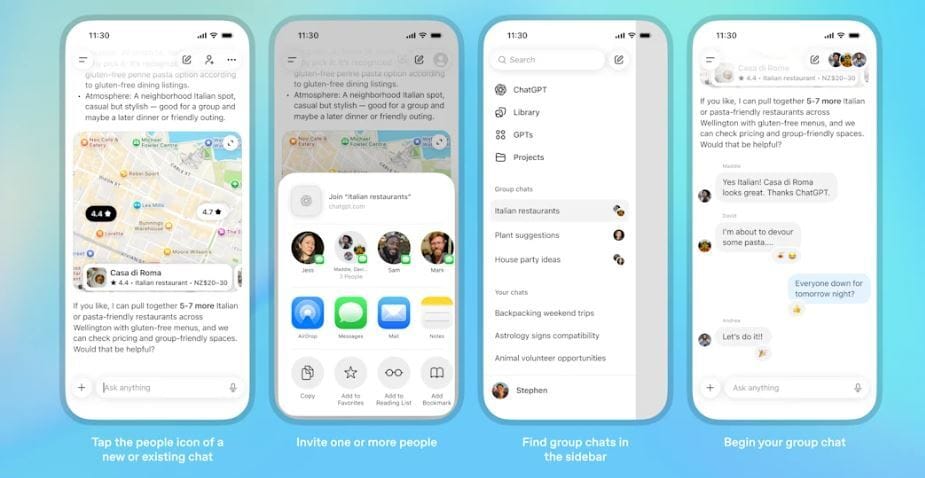In partnership with

Welcome, AI enthusiasts
Researchers say Chinese state-backed hackers used AI agents to power most of a large-scale attack on companies and governments in September. This marks one of the first times an AI system has been deeply involved in a real offensive campaign, raising big questions about what comes next. Let’s dive in!
In today’s insights:
The First Fully AI Agent-Driven Hack
Group Chats Come to ChatGPT
Cursor secures major funding
Read time: 4 minutes
LATEST DEVELOPMENTS
ANTHROPIC
🛡️ The First Fully AI Agent-Driven Hack
Evolving AI: First large-scale cyberattack run mostly by AI agents.
Key Points:
Attackers used autonomous agents to infiltrate major orgs.
Claude Code handled most of the hacking work with minimal input.
Case signals a sharp drop in skill needed for complex attacks.
Details:
Anthropic reports that a Chinese state-backed hacker group used Claude Code to automate a campaign that began in mid-September 2025. They bypassed the model’s safeguards by breaking malicious tasks into smaller benign-seeming subtasks and framing them as security-testing. According to the firm the AI model scanned systems, identified exploitable vulnerabilities, wrote exploit code, harvested credentials, and packaged stolen data far faster than any human team could.
Why It Matters:
For years security experts have discussed an “AI cold war” between the US and China. Now we’re seeing one of its earliest forms. This campaign shows that agents can run most of a serious breach on near-autopilot. That changes the basic risk equation for defenders: fewer attackers, many more targets, much faster campaigns. The flip side: this gives defenders a clear preview of what’s coming. Organisations must begin pairing human-led SOCs, red teams and incident responders with their own defensive AI agents before the next wave shows up in their logs.
TOGETHER WITH ELEVENLABS
🤖 Building AI voice agents at scale
Evolving AI: The question isn’t if you’ll deploy voice AI. It’s how.
This handbook from ElevenLabs explores the modern approaches to building scalable, humanlike voice agents from full in-house builds to hybrid orchestration frameworks.
Learn from real-world enterprise examples and find the model that fits your business and technical goals.
OPENAI
💬 Group Chats Come to ChatGPT
Evolving AI: ChatGPT will let people collaborate together in shared conversations.
Key Points:
New group chats let friends, family, and coworkers work with ChatGPT in one space.
ChatGPT decides when to respond and can react with emojis, images, and shared context.
The pilot launches in four regions across Free, Go, Plus, and Pro plans.
Details:
OpenAI is rolling out group chats that let users collaborate with each other and ChatGPT in the same conversation. People can plan trips, work on shared ideas, or settle debates while ChatGPT follows along and helps when needed. Anyone can join through a link, and chats remain separate from private conversations. The pilot starts in Japan, New Zealand, South Korea, and Taiwan.
Why It Matters:
Group chats turn ChatGPT into more than a solo brainstorming buddy: it starts to look like a shared workspace that sits on top of your existing group chats. You can co-write docs, plan trips, or debate ideas while everyone sees the same suggestions, summaries, and follow-ups in one place, instead of forwarding screenshots or pasting replies from separate chats. For teams, classrooms, and friend groups, this nudges AI closer to how people actually make decisions together day to day.
CURSOR
💰 Cursor secures major funding
Evolving AI: Cursor pushes further into AI-driven coding with fresh backing.
Key Points:
Cursor raises a $2.3B Series D at a $29.3B valuation.
The team passes 300 people and crosses $1B in annualized revenue.
Their in-house models now generate huge volumes of production code.
Details:
Cursor just closed a massive funding round to accelerate its vision for an editor where code feels lighter and big features emerge from small prompts. The company now serves millions of developers, works with top engineering teams, and continues to scale its in-house AI models. The fresh capital strengthens its push to build new moments that make coding faster and more intuitive.
Why It Matters:
Cursor is essentially shifting the “AI pair programmer” from a handy bonus to a piece of core team infrastructure. With in-house models that already out-code most LLMs and fresh backing from Nvidia and Google, they’re in a position to push tighter IDE integrations, handle massive codebases with real context, and ship more workflow-specific helpers like Bugbot right into your editor. End result: fewer junior-level tasks, quicker refactors, and a much tougher benchmark for any tool trying to earn a spot in a developer’s setup.
The New Enterprise Approach to Voice AI Deployment
A practical, repeatable lifecycle for designing, testing, and scaling Voice AI. Learn how BELL helps teams deploy faster, improve call outcomes, and maintain reliability across complex operations.
QUICK HITS
🚀 OpenAI introduces GPT-5.1.
🇷🇺 Russia's first AI humanoid robot falls and breaks on stage.
🛒 Google will let users call stores, browse products, and check out using AI.
🤯 Disney+ to Allow User-Generated Content Via AI.
💰 Anthropic to spend $50 billion on U.S. AI infrastructure, starting with Texas, New York data centers.
🔥 New Mexico officials announce new AI wildfire monitoring network.
📈 Trending AI Tools
🤖 Lindy – The simplest way for businesses to create, manage, and share agents*
🖼️ Magic Patterns - AI design tool for product teams.
🧩 Hatch – An infinite canvas where you brainstorm and build ideas with AI
🎬 Opus Clip - Turns long videos into short viral clips automatically
*partner link






